Shakuhachi - The Instrument of Enlightenment
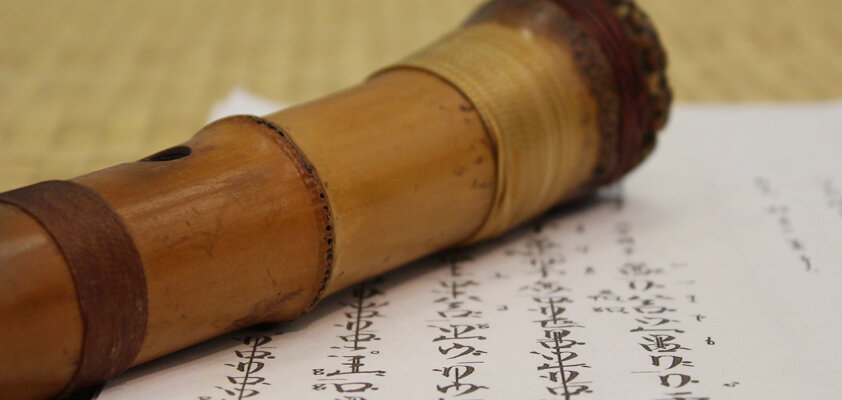
The Japanese Shakuhachi flute, traditionally crafted from a bamboo tube, has a long history. Originally created for accompanying meditations and classical music, the instrument's extraordinary tonal range has led to its use in various genres today, such as crossover, contemporary music, and folk music. The Japanese Shakuhachi is more than just an instrument because, with its diverse musical possibilities and spiritual power, it inspires musicians as well as their listeners. Known as a "spiritual tool," it encourages contemplation of one's own breath, inner reflection, and exploration of new playing techniques, both then and now.
Where did the shakuhachi originate?
Until today, the Shakuhachi remains one of the most popular and well-known Asian musical instruments, with its history dating back to the 8th century and its origin rooted in the Chinese Xiao flute. However, due to its quiet tone, the flute nearly disappeared in the 11th century, only to experience a renaissance in the 17th century (Edo period) through the begging monks of the Fuke sect and the associated Zen Buddhism. The monks of the Fuke sect used it for meditative purposes, seeking the path to inner enlightenment, and thus, they shaped the Shakuhachi until the 19th century.
This was mainly achieved by allowing the flute to be played and heard only under specific conditions within the sect. As a result, it gained a correspondingly high status and was no longer perceived merely as an instrument but rather as a religious tool. The compositions that emerged from this practice are referred to as Honkyoku and are still considered the most popular musical tradition of the Shakuhachi.

Fun Fact: The Fuke monks wore baskets, similar to beehives, on their heads to avoid being recognized.
During the Meiji Restoration (around 1900), there was a ban on the Fuke sect, and consequently, playing the flute for religious purposes was prohibited. For this reason, teachers of this musical art advocated for a so-called secularization, the abolition of the purely religious purpose of the Shakuhachi, in order to secure their livelihood. As a result, the Shakuhachi, along with the Koto (zither) and the Shamisen (lute), found its way into the musical culture of the imperial court.
There are different schools that teach the art of playing the Shakuhachi, the three most famous being:
- Kinko-Ryū: This school is still considered the most important learning institution, especially because it teaches traditional Shakuhachi pieces.
- Tozan-Ryū: In contrast to Kinko-Ryū, it already shows influences of Western music.
- Myoan-Ryū: Continues the pieces of the former Fuke sect.
The processing of the shakuhachi
Typically, an original Japanese Shakuhachi is made of bamboo, has a total of five finger holes - four on top and one below for the thumb - and excels with its versatility in musical possibilities. Its manufacturing is extremely complex and highly intricate. The bamboo used to craft the flute must be dried for several years and should have correct dimensions such as length and diameter. Internally, the instrument is usually protected from moisture by multiple layers of urushi lacquer, which also contributes to its distinctive sound.
The typical blowing edge (utaguchi) requires a lot of patience and calm from the musician, as every musical nuance becomes immediately audible in the sounds. Additionally, it is equipped with a metal or sometimes plastic insert, extending the flute's lifespan.
By the way, the name "Shakuhachi" is derived from an old Japanese unit of length. A "Shaku" is approximately one foot, "Hachi" means eight, and refers to the unit "Sun." Thus, converted, it results in a length of approximately 54.5 cm. Wooden Shakuhachis sound much softer compared to bamboo models, while traditional bamboo flutes have a more vibrant sound.
How to play the shakuhachi
Due to its gentle tone and sound, it is often played at various concerts in Japan. However, playing it requires a lot of practice from the musician because the Shakuhachi produces sound only when the airflow precisely hits the "Utaguchi," the blowing edge. Many listeners feel immersed in a harmonious mood when the Shakuhachi unleashes its pentatonic (five-tone music) effect. The Shakuhachi is still widely used today as an instrument for introspection and meditation. The crafting of a Shakuhachi is also a meditative experience, as both wood and bamboo tube processing require a lot of time and attention to detail.

Picture credits: Author: ienjoysushi | Flickr | License
The shakuhachi flute and its versatility
Originating from the family of notched flutes, the Japanese bamboo flute produces sound through its blowing edge at the upper edge of the tube. The head position (meri-kari), blowing pressure, and the covering and uncovering of the five finger holes play a crucial role in playing. With the Shakuhachi, you can play across three octaves of various sounds. Although playing half tones on this flute is not possible as it is pentatonic, learning specific techniques from an experienced Shakuhachi player can lead to playing "meri" and "kari," which are half tones. In Japan, there is a special emphasis on discerning the respective timbre when composing and playing musical pieces.
How much does the Japanese bamboo flute cost?
Depending on their characteristics, the required time investment, and quality, the Japanese bamboo flute can cost between 300 and 5000 EUR. Its high price arises from the uniqueness of each individual bamboo tube from which it is crafted.
However, there are now also affordable variants made of PVC or plastic available for 100 to 200 EUR. Shakuhachi models made of wood are priced somewhere between bamboo and plastic.

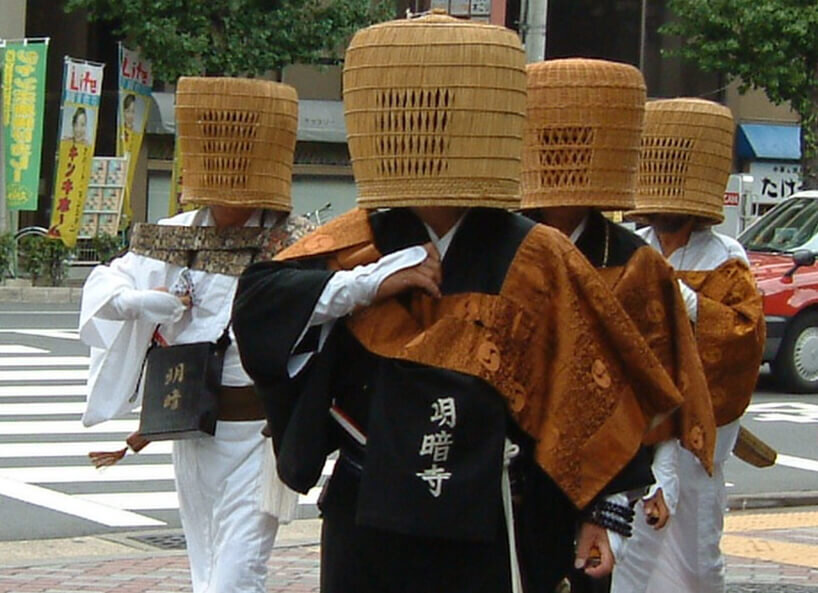
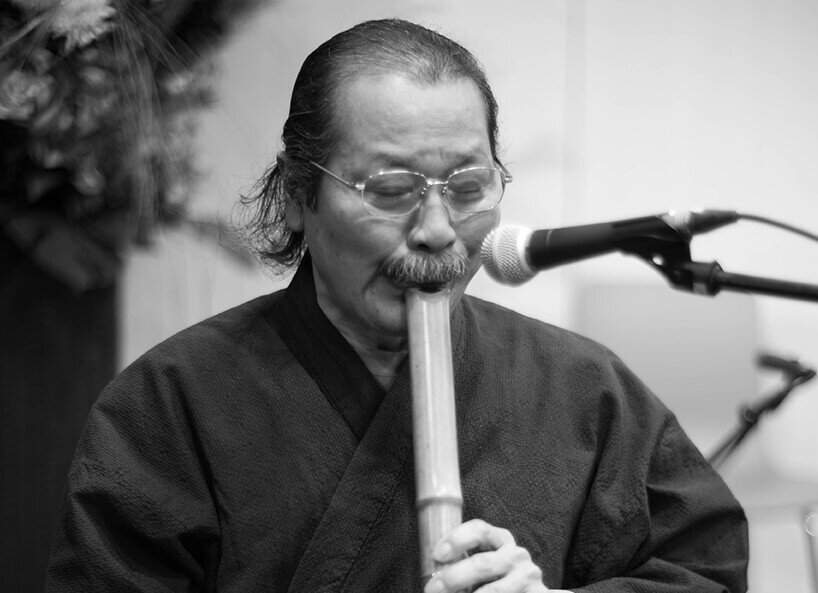

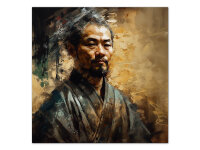

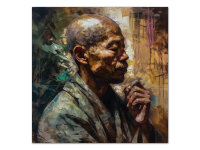
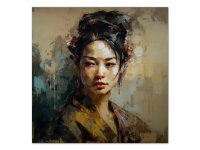










-from-the-yakiyaki-grill-pan.jpg)




